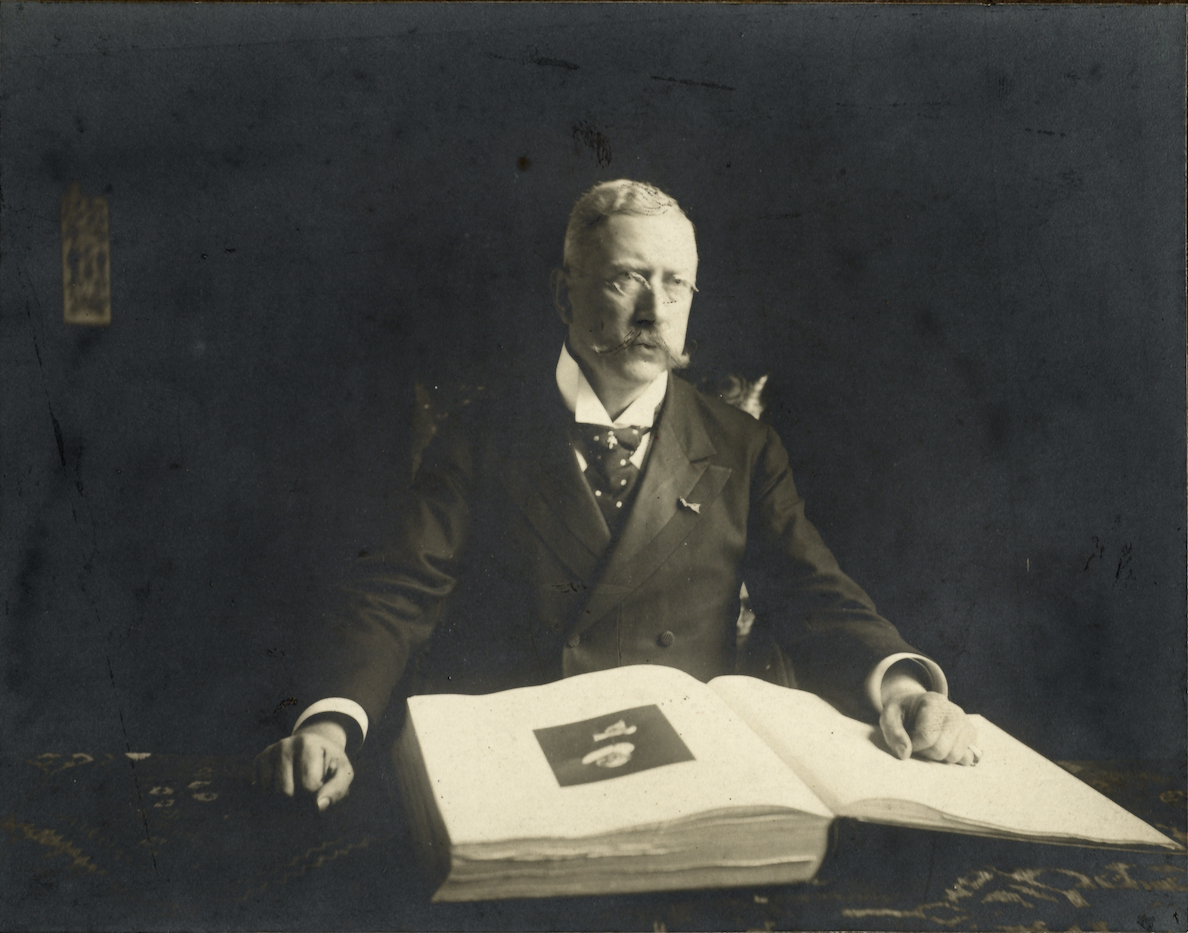
Portret van Abraham Bredius (1855-1946), 1905, collectie RKD
Netherlands Institute for Art History
Join in and help make the Bredius notes accessible
As of now, the crowdsourcing platform (in Dutch) through which the RKD – Netherlands Institute for Art History aims to enable the accessibility of art historian Abraham Bredius’ archival notes in RKDexcerpts, is open to the public. Anyone who would like to contribute to this project can register as a volunteer.
The Bredius notes
From the late nineteenth century, Abraham Bredius (1955-1946), Rembrandt specialist and director of the Mauritshuis until 1909, spent countless hours in the Dutch archives, which at that time were not publicly accessible yet. He was one of the first to conduct a thorough research into artists who were active between the late sixteenth and early eighteenth century.
In doing so, he took a systematic approach and wrote down whatever he considered relevant to expanding the knowledge of their lives and works. Bredius’ painstaking research eventually resulted in tens of thousands of excerpts: summaries of equally numerous archive entries, written on small scraps of paper. The data collected by Bredius still offers a wealth of information which the RKD would like to make digital available to the public. To achieve this, help is needed.
Volunteers wanted
The aim of the crowdsourcing project is to provide the excerpts Bredius compiled with metadata. Participants are asked to register the data from the Bredius notes – such as place names, dates, names of persons and occupations – and also to determine the type of notarial act. Anyone who relishes a challenge and enjoys being actively involved in a project of substance can apply as a volunteer by creating an account. How much time you invest and for how long you participate is entirely up to you.
Experience the world of seventeenth-century artists
Being involved in this project means getting acquainted with the lives and works of seventeenth century artists, including their families, social networks and their financial arrangements. But it also offers a glimpse into how they guarded their legacy, for example through their will. After all, in the seventeenth century misery and death were all too imminent, and much like today, people were prone to cause each other financial, material or physical harm. Some of the documents provide vivid insights into these fascinating details.
For more details go to the website.
Nederlands Instituut voor Kunstgeschiedenis
Prins Willem-Alexanderhof 5
Den Haag
www.rkd.nl